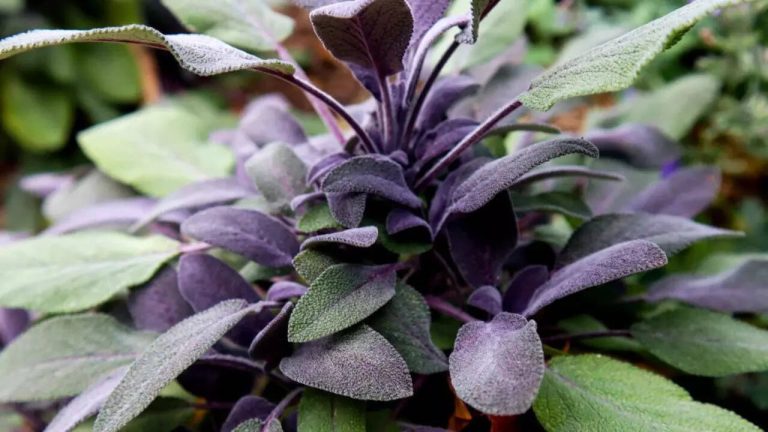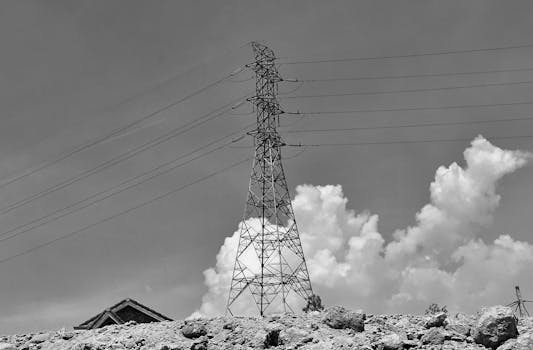“
Introduction to Minimalist Living
Minimalist living, also known as minimalism, is a lifestyle that emphasizes simplicity and reducing unnecessary clutter in one’s life. It’s a movement that has been gaining popularity in recent years, as people become more aware of the benefits of living with fewer possessions and a more streamlined approach to life. In this article, we’ll explore the concept of minimalist living, its benefits, and provide tips on how to embrace this lifestyle.
What is Minimalist Living?
Minimalist living is about living with intention and purpose. It’s about surrounding oneself with only the things that add value, serve a purpose, or bring joy. It’s not just about getting rid of stuff, but also about creating a more intentional and meaningful life. Minimalist living is not just a physical process, but also a mental and emotional one.
Benefits of Minimalist Living
There are many benefits to embracing minimalist living, including:
- Reduced stress and anxiety: Living with fewer possessions and a more organized space can help reduce feelings of overwhelm and anxiety.
- Increased productivity: With a more streamlined approach to life, you’ll have more time and energy to focus on what’s truly important.
- Improved financial situation: By reducing consumption and living with fewer possessions, you’ll save money and improve your financial situation.
- More free time: With a more organized and simplified life, you’ll have more time to pursue your passions and interests.
- Greater sense of clarity and purpose: Minimalist living can help you clarify your values and priorities, and live a more intentional life.
Tips for Embracing Minimalist Living
Here are some tips to help you get started on your minimalist living journey:
- Start with a decluttering process: Begin by decluttering your living space, getting rid of items that are no longer needed or useful.
- Set clear goals and priorities: Identify what’s truly important to you and set clear goals and priorities for your life.
- Adopt a minimalist mindset: Embrace the idea of living with fewer possessions and a more simplified approach to life.
- Focus on experiences, not possessions: Prioritize experiences and relationships over material possessions.
- Be intentional with your time and energy: Use your time and energy intentionally, focusing on what’s truly important to you.
Common Challenges and Obstacles
Embracing minimalist living can be challenging, especially in a society that values consumerism and material possessions. Here are some common challenges and obstacles you may face:
- Social pressure: You may face social pressure from friends and family who don’t understand or support your decision to adopt a minimalist lifestyle.
- Emotional attachment: You may struggle with emotional attachment to certain possessions or habits that are difficult to let go of.
- Lack of motivation: You may struggle to stay motivated and focused on your minimalist living goals.
- Difficulty in letting go: You may find it difficult to let go of certain possessions or habits that are no longer serving you.
Conclusion
Minimalist living is a journey, not a destination. It’s a process of simplifying your life, reducing clutter, and living with intention and purpose. By embracing minimalist living, you can experience a range of benefits, from reduced stress and anxiety to increased productivity and financial stability. Remember to be patient, stay focused, and celebrate your progress along the way.





